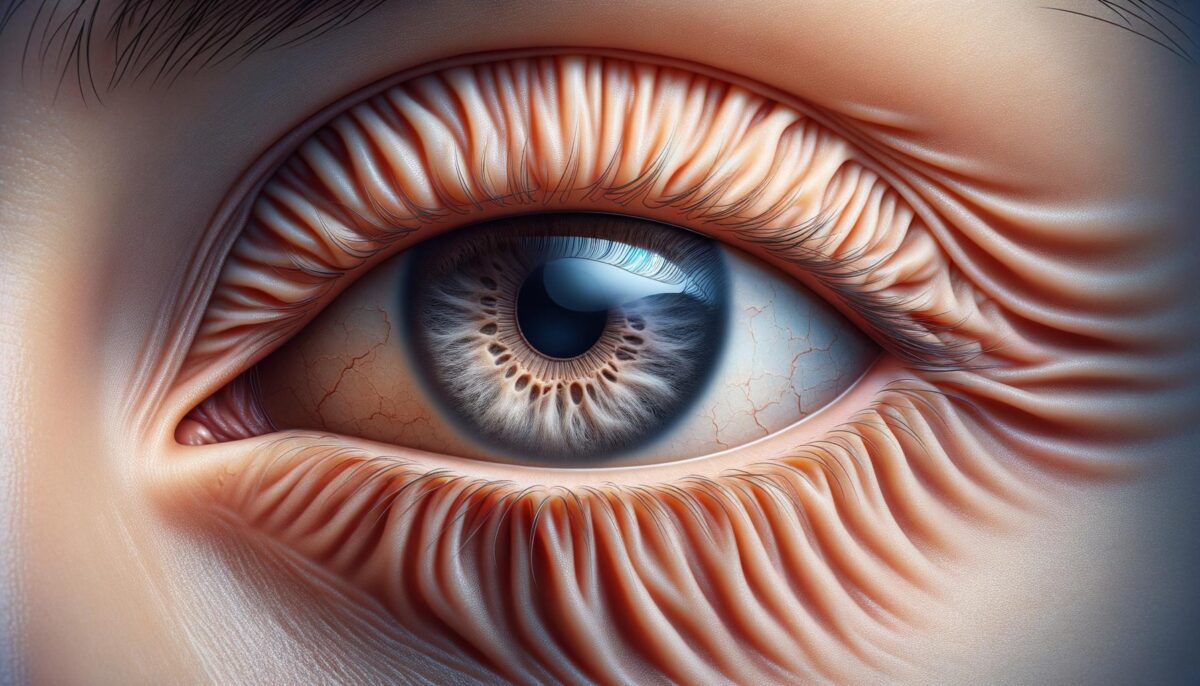What Causes Eye Bags?
Eye bags, often characterized by mild swelling or puffiness under the eyes, are a common cosmetic issue. The underlying factors contributing to this condition can vary, making it important to understand the root causes to effectively pursue an eye bag treatment. Some common causes of eye bags include:
- Aging: As skin ages, it loses elasticity, causing the tissues and muscles that support the eyelids to weaken.
- Lifestyle: Lack of sleep, excessive smoking or alcohol consumption, and chronic stress can contribute to the appearance of eye bags.
- Genetics: Eye bags can be hereditary, passed down from family members.
- Allergies: Allergic reactions can lead to inflammation and swelling around the eyes.
- Fluid Retention: Hormonal variations, particularly during periods like menstruation, can cause fluid retention affecting the area under the eyes.
Understanding these causes is crucial for determining the most effective eye bag treatment approach, allowing individuals to tailor their efforts according to their specific conditions.
The Role of Diet in Eye Bag Management
Diet plays a pivotal role in the development and reduction of eye bags. Consuming foods high in salts, sugars, and unhealthy fats can exacerbate the problem. Therefore, it is essential to consider dietary changes as part of your eye bag treatment strategy. Some dietary tips to help reduce eye bags include:
- Staying Hydrated: Drinking plenty of water helps prevent fluid retention, a common cause of puffiness.
- Reducing Salt Intake: Lowering salt consumption can minimize swelling caused by fluid retention.
- Incorporating Antioxidant-Rich Foods: Foods like berries, leafy greens, and nuts fight off skin-damaging free radicals.
- Eating Vitamin C-Rich Foods: Including citrus fruits and peppers can improve collagen production, enhancing skin firmness.
By adhering to a balanced diet and being mindful of fluid intake, many people can see a noticeable improvement in the appearance of eye bags.
Effective Eye Bag Treatments
There are a variety of eye bag treatments available, ranging from simple home remedies to advanced cosmetic procedures. Here’s a look at some popular options:
- Cold Compress: Applying a cold compress can reduce swelling by constricting blood vessels.
- Teabags: The antioxidants and caffeine in tea can soothe and tighten skin under the eyes.
- Topical Treatments: Eye creams with ingredients like retinol and hyaluronic acid can firm up the skin.
- Cosmetic Treatments: For more persistent cases, options such as laser treatment or surgery can offer more dramatic results.
Choosing the right treatment depends largely on individual needs, skin type, and the severity of the condition. Consulting a dermatologist can provide personalized advice for the best approach.
Prevention Tips for Maintaining Healthy Eyes
Preventing the development of eye bags is often easier than treating them after they have formed. Here are some practical tips:
- Get Adequate Sleep: Aim for 7-9 hours of quality sleep per night.
- Protect Your Skin from UV Rays: Use sunscreen to prevent premature aging of the skin.
- Exercise Regularly: Physical activity improves circulation, which can reduce fluid retention.
- Avoid Smoking: Smoking can accelerate aging and increase the risk of developing eye bags.
Adopting a proactive prevention approach will help maintain healthy, youthful skin around the eyes.
When to Seek Professional Help
While many find relief through over-the-counter eye bag treatments and lifestyle adjustments, some situations warrant professional intervention. Consider consulting a healthcare provider if:
- Eye bags are accompanied by severe swelling, itchiness, or redness that persists.
- You suspect the eye bags are a result of an underlying health condition.
- Home remedies and topical treatments do not provide the desired improvement.
A medical professional can investigate and address any underlying issues, recommending more advanced solutions if needed.
Conclusion
Dealing with eye bags can be a multifaceted process, involving understanding the causes, incorporating dietary and lifestyle changes, exploring eye bag treatment options, and potentially seeking professional help. By taking a comprehensive approach, individuals can achieve a refreshed appearance and avoid the persistent concern of puffiness under the eyes. With dedication, many can enjoy a significant reduction in the visibility of eye bags, enhancing overall facial aesthetics.
